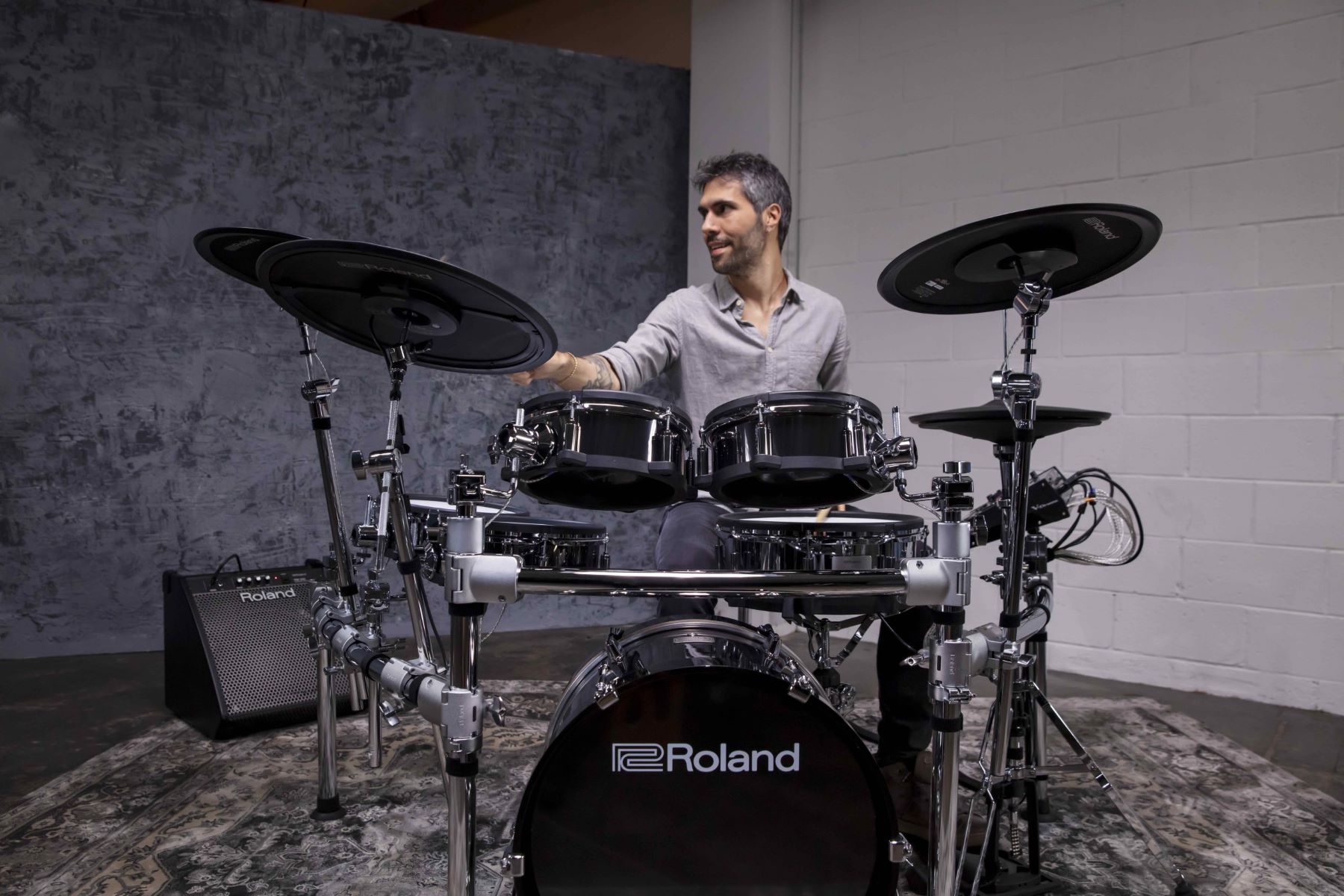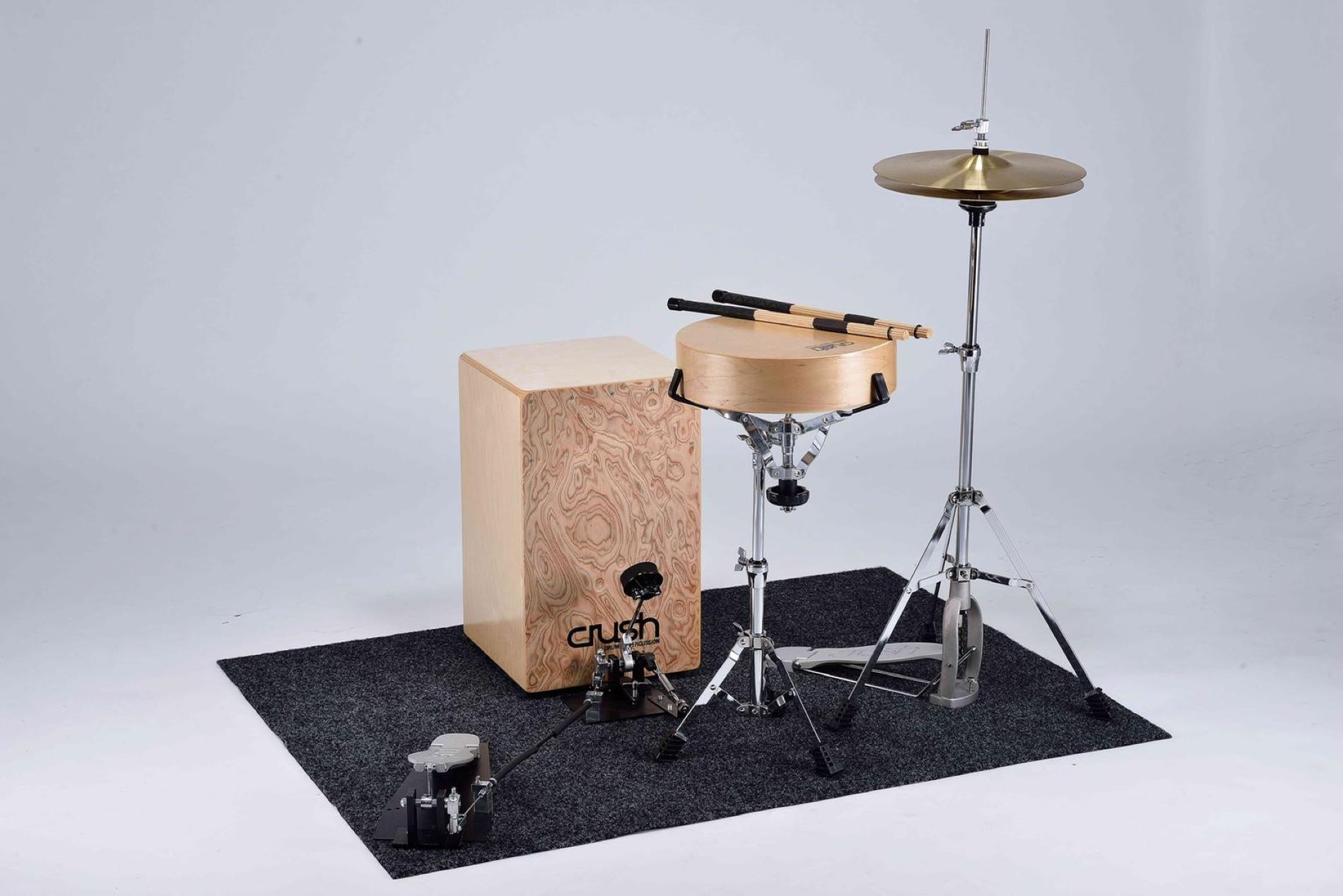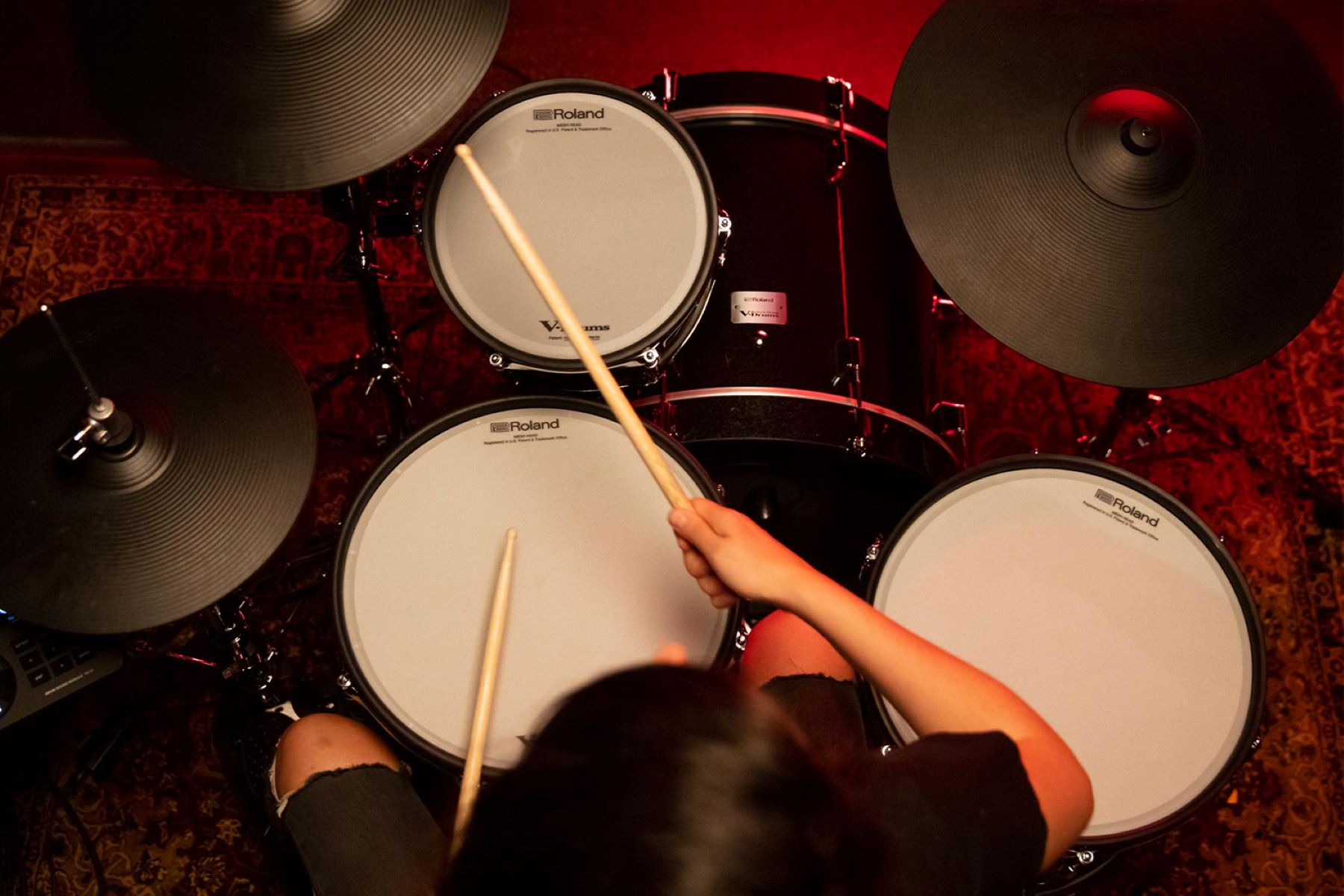Home>Instruments>Drums>How To Play Drums Quickly


Drums
How To Play Drums Quickly
Published: February 7, 2024
Learn how to play drums quickly with our expert tips and techniques. Master the art of drumming and improve your skills in no time!
(Many of the links in this article redirect to a specific reviewed product. Your purchase of these products through affiliate links helps to generate commission for AudioLover.com, at no extra cost. Learn more)
Table of Contents
**
Introduction
**
So, you want to learn how to play the drums quickly? Well, you've come to the right place! Drumming is not only a fantastic way to express yourself, but it's also a great way to keep fit and have fun. Whether you're a complete beginner or an experienced musician looking to add a new skill to your repertoire, this guide will provide you with the essential information and techniques to get you started on your drumming journey.
Playing the drums is an exhilarating experience that allows you to unleash your creativity and rhythm in a way that few other instruments can match. The powerful beats and infectious rhythms of the drums have the ability to move people both physically and emotionally, making drummers an integral part of any musical ensemble.
In this comprehensive guide, we'll cover everything from the basic drumming techniques to tips for developing speed and coordination. By the end of this article, you'll have a solid foundation to build upon and the confidence to start drumming with flair and finesse. Let's dive in and explore the exciting world of drumming!
Getting Started with Drumming
Before you dive into the world of drumming, it’s essential to familiarize yourself with the basic equipment. The core components of a drum set include the snare drum, bass drum, hi-hat, toms, and cymbals. As a beginner, you may opt for a simple drum kit to start with, gradually adding more pieces as you progress.
Once you have your drum set ready, it’s time to focus on your posture and grip. Sit comfortably on the drum throne with your back straight and your feet resting on the pedals. Ensure that your drumsticks are held correctly, with a relaxed grip that allows for fluid movement and control.
Next, familiarize yourself with the fundamental concepts of rhythm and timing. Practice counting beats and understanding rhythmic patterns, as these skills form the backbone of drumming. Additionally, listening to a wide range of music genres will help you develop a keen sense of rhythm and musicality.
As you embark on your drumming journey, consider taking lessons from a professional instructor or utilizing online tutorials to hone your skills. Learning from experienced drummers can provide invaluable guidance and feedback, accelerating your progress and preventing the formation of bad habits.
Finally, don’t underestimate the power of practice. Dedicate regular time to drumming, focusing on building your coordination, speed, and dexterity. Consistent practice is the key to mastering any musical instrument, and the drums are no exception.
By familiarizing yourself with the equipment, perfecting your posture and grip, understanding rhythm and timing, seeking guidance from experienced drummers, and committing to regular practice, you’ll be well-prepared to begin your drumming journey with confidence and enthusiasm.
Basic Drumming Techniques
Mastering basic drumming techniques is essential for laying a strong foundation and building your proficiency as a drummer. Here are some fundamental techniques to focus on:
- Stick Control: Developing precise stick control is crucial for producing clear and consistent sounds. Practice striking the drumheads and cymbals with varying degrees of force to achieve a range of dynamics.
- Rudiments: Familiarize yourself with drum rudiments, which are basic patterns that form the core of drumming vocabulary. Examples include single strokes, double strokes, paradiddles, and flams. Mastering these rudiments will enhance your coordination and dexterity.
- Bass Drum Technique: Work on your bass drum technique to achieve a powerful and steady kick sound. Practice using the bass drum pedal with control and precision, ensuring that each strike is articulate and consistent.
- Snare Drum Technique: Focus on developing your snare drum technique, including playing rimshots, cross-sticks, and ghost notes. Experiment with different playing positions and angles to achieve a diverse range of sounds.
- Hi-Hat Control: Mastering the hi-hat pedal control is essential for creating varied and expressive rhythms. Practice using the hi-hat in conjunction with other drums and cymbals to create dynamic and intricate patterns.
As you work on these basic drumming techniques, remember to maintain a relaxed posture and grip, allowing for fluid and natural movements. Consistent practice and attention to detail will help you internalize these techniques, paving the way for more advanced skills and creative expression.
Developing Speed and Coordination
Speed and coordination are essential attributes for any drummer looking to elevate their playing to the next level. Here are some effective strategies for honing your speed and coordination:
- Metronome Practice: Utilize a metronome to practice rhythmic precision and develop a strong sense of timing. Start at a comfortable tempo and gradually increase the speed as you build confidence. Consistent metronome practice will enhance your speed and accuracy.
- Isolation Exercises: Focus on specific drumming patterns and rudiments to isolate and strengthen weak areas. By breaking down complex patterns into smaller components, you can target and improve individual elements of your coordination and speed.
- Hand and Foot Independence: Work on exercises that promote independence between your hands and feet. This involves practicing different rhythms and patterns with each limb to develop coordination and dexterity. Gradually increase the complexity of these exercises as your skills improve.
- Dynamic Control: Practice playing with varying dynamics, from soft, subtle strokes to powerful, emphatic hits. Developing control over your dynamic range will not only enhance your expressiveness as a drummer but also contribute to your overall speed and coordination.
- Consistent Practice: Dedicate regular practice sessions specifically focused on speed and coordination exercises. Set measurable goals and track your progress over time, celebrating milestones and continuously challenging yourself to improve.
It’s important to approach speed and coordination development with patience and persistence. Progress may not always be linear, and it’s natural to encounter challenges along the way. However, with dedicated practice and a positive mindset, you can steadily enhance your speed, coordination, and overall proficiency as a drummer.
Tips for Practicing
Effective and focused practice is the key to mastering any skill, and drumming is no exception. Here are some valuable tips to optimize your practice sessions and maximize your progress:
- Consistency is Key: Establish a regular practice routine to ensure consistent progress. Even short, daily practice sessions can yield significant results over time. Set aside dedicated time for drumming in your schedule and treat it as a non-negotiable commitment.
- Set Clear Goals: Define specific and achievable goals for each practice session. Whether it’s mastering a new technique, improving speed, or learning a challenging rhythm, having clear objectives will keep you focused and motivated during practice.
- Focus on Fundamentals: Regularly revisit fundamental techniques and exercises to maintain a strong foundation. Building and reinforcing fundamental skills is essential for continual growth as a drummer.
- Record and Review: Use recording devices to capture your practice sessions. Listening back to your playing allows you to identify areas for improvement, track your progress, and gain valuable insights into your performance.
- Stay Relaxed: Maintain a relaxed posture and grip while playing. Tension can hinder your speed, control, and overall comfort behind the drum set. Regularly check in with your body to ensure you’re playing with ease and fluidity.
- Explore Different Styles: Experiment with various music genres and styles of drumming. Diversifying your repertoire will not only keep your practice sessions engaging but also expand your musical versatility and creativity.
- Seek Feedback: Don’t hesitate to seek feedback from experienced drummers, instructors, or fellow musicians. Constructive criticism and guidance can provide valuable insights and help you refine your skills.
- Stay Inspired: Stay inspired and motivated by attending live performances, watching drumming videos, and immersing yourself in the world of percussion. Drawing inspiration from other drummers can fuel your passion and drive for improvement.
By implementing these tips and integrating them into your practice routine, you can cultivate a focused and effective approach to drumming, leading to continuous growth and proficiency on the drums.
Final Thoughts
Congratulations on embarking on your drumming journey! As you dive into the world of drumming, remember that patience, dedication, and a love for rhythm are your greatest allies. Whether you’re aiming to become a professional drummer or simply seeking a fulfilling hobby, the joy of drumming lies in the process of learning and self-expression.
As you progress, embrace the challenges and celebrate the milestones along the way. Every practice session, no matter how brief, contributes to your growth as a drummer. Stay open to learning from a diverse range of musical styles and drumming techniques, allowing yourself to explore and evolve as a musician.
Remember that drumming is not just about technical proficiency; it’s about conveying emotion, energy, and creativity through your playing. Infuse your unique personality and style into your drumming, and let your passion shine through each beat and rhythm you create.
Lastly, connect with fellow drummers, attend live performances, and immerse yourself in the vibrant drumming community. The support and camaraderie of like-minded individuals can inspire and motivate you on your musical journey.
So, pick up your drumsticks, feel the rhythm pulsating through you, and embrace the exhilarating world of drumming. Whether you’re jamming with friends, performing on stage, or simply enjoying a solo practice session, let the infectious beat of the drums ignite your passion and creativity.
With dedication, perseverance, and a touch of flair, you’ll continue to evolve as a skilled drummer, making your mark on the rhythmic tapestry of music. Enjoy the journey, savor the rhythms, and keep the beat alive!











